Team Notebooks: Writing to the Next Level: Part 1

The following article (pages 30-31, 46) is Part I of a three-part series focused on Team Notebooks, or what Dr. Rich Kent calls “writing to learn in athletics.” These three articles provide coaches at all levels with the how-to’s and why-to’s of employing Team Notebooks as learning tools to more fully develop individual players and teams. The writing in Team Notebooks helps players think like coaches, moves team discussions to new levels and adds another way to learn the game of soccer. The writing in these notebooks keeps coaches more thoroughly informed and serves as a unique teaching tool. Kent’s research in the field of “writing to learn in athletics” and his use of Team Notebooks as a coach offer us a unique opportunity for professional development and team enrichment.
Part I of this series on team notebooks introduces the first two sections of a basic notebook, including "Pre-Season Thoughts" that guide players in thinking about the previous season and the coming season and "Match Analysis I" that guide players in reflecting on a match. (Part I below.)
Your browser does not support viewing this document. Click here to download the document.
Team Notebooks: Writing to the Next Level: Part 2
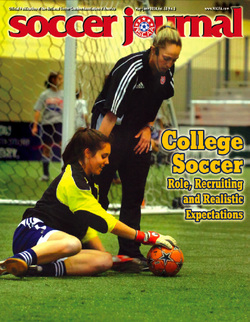
As explained in Part I, these notebooks provide players a place to reflect, analyze and set goals. This article (pages 28, 30-31) focuses on the next three sections of team notebooks, including the Match Analysis II, Post-Season Thoughts, and Player’s Notes.
(Full article below)
(Full article below)
Your browser does not support viewing this document. Click here to download the document.
Team Notebooks: Writing to the Next Level: Part 3
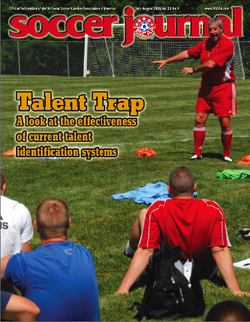
This final article (pages 24, 26, 28) provides ways to expand your Team Notebooks, highlights the educational theories and research that support the use of notebooks, and offers answers to frequently asked questions.
(Full article below.)
(Full article below.)
Your browser does not support viewing this document. Click here to download the document.
Coaching Management/Baseball 2012
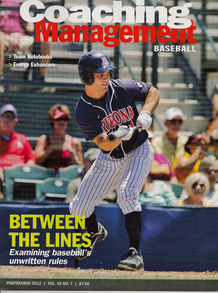
If you play against Rhode Island coach Jim Dawber’s team, after a game you’ll see his players’ heads lowered into their Team Notebooks. A combination workbook and reflective journal, Team Notebooks guide players in critiquing a game and their own performances. Such writing helps athletes prepare for the next game by thinking more objectively. The Notebooks also keep the coaching staff informed of what players are thinking.
As a coach, I have used various writing activities with my high school and college teams since the early 1980s. Writing has helped my athletes learn many lessons while thinking more deeply about their training and competitions. Over the past six years, I have studied the use of Team Notebooks on a wide variety of teams across the nation. This article showcases some of what I have discovered.
As a coach, I have used various writing activities with my high school and college teams since the early 1980s. Writing has helped my athletes learn many lessons while thinking more deeply about their training and competitions. Over the past six years, I have studied the use of Team Notebooks on a wide variety of teams across the nation. This article showcases some of what I have discovered.
Your browser does not support viewing this document. Click here to download the document.
UMaine Today article
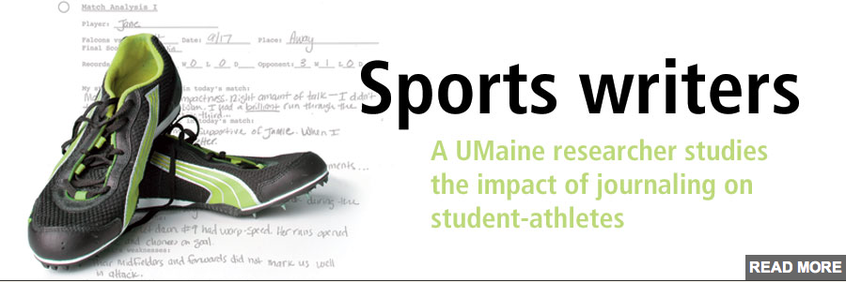
Click on title above to read article
Coaching Management/Volleyball Preseason 2012
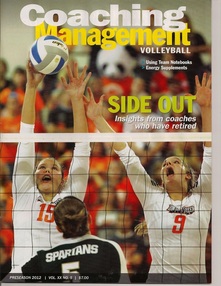
You’ve just had a comeback win over a better team. Your players wrestle each other to the floor in celebration. Ten minutes after the handshakes while your players stretch and hydrate, you take a glance over toward your opponents to see how they’re taking the loss.
Across the court a few players still stretch, but one by one they open up their athletic bags and pull out a notebook. Soon, most of the players are writing. Heads bowed into their books, the players look focused and purposeful. You walk across the court. “Team Notebooks,” says the other coach. “They’re writing a quick analysis of the match." To read this article online, click on Coaching Management/Volleyball '12.
Across the court a few players still stretch, but one by one they open up their athletic bags and pull out a notebook. Soon, most of the players are writing. Heads bowed into their books, the players look focused and purposeful. You walk across the court. “Team Notebooks,” says the other coach. “They’re writing a quick analysis of the match." To read this article online, click on Coaching Management/Volleyball '12.
Coaching Management/Football Edition 2011
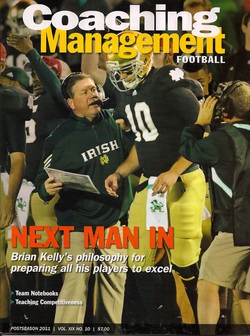
Following a game, most coaches have a post-game routine they like to follow. They might speak with players about the contest or meet with their coaching staff while the team stretches, hydrates, and fuels. One additional activity coaches should consider incorporating is Team Notebooks, a combination workbook and reflective journal.
(Read or download the full article below in Scribd.)
(Read or download the full article below in Scribd.)
Your browser does not support viewing this document. Click here to download the document.
"Power of the Pen" by Richard Kent, Ph.D.
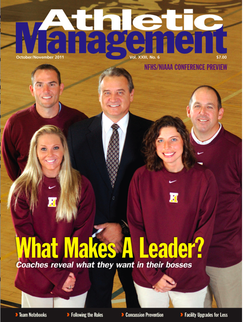
After a soccer match, the Gonzaga University women's team moves through its post-game routine. The players stretch, hydrate, fuel up ... and write.
Head Coach Amy Edwards has her athletes keep Team Notebooks, a combination workbook and reflective journal. Through their writing, the athletes critique the team's play and their own as a way to prepare for the next match and think more objectively about games. The Notebooks also keep the coaching staff informed of what players are thinking.
As a coach, I have used various writing activities with my high school and college teams since the early 1980s. Writing has helped my athletes learn many lessons while thinking more deeply about their training, competitions, and sports. Over the past six years, I have studied the use of Team Notebooks on a wide variety of teams across the nation. This article showcases some of that I have discovered. (Read or download the full article below in Scribd.)
Head Coach Amy Edwards has her athletes keep Team Notebooks, a combination workbook and reflective journal. Through their writing, the athletes critique the team's play and their own as a way to prepare for the next match and think more objectively about games. The Notebooks also keep the coaching staff informed of what players are thinking.
As a coach, I have used various writing activities with my high school and college teams since the early 1980s. Writing has helped my athletes learn many lessons while thinking more deeply about their training, competitions, and sports. Over the past six years, I have studied the use of Team Notebooks on a wide variety of teams across the nation. This article showcases some of that I have discovered. (Read or download the full article below in Scribd.)
Your browser does not support viewing this document. Click here to download the document.
Charlie's Words
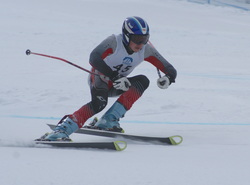
A gifted student-athlete, Charlie Bloomfield is introduced to athlete’s journals by his coaches at Burke Mountain Academy (Vermont), an elite American ski school. Used by Olympians and professionals alike, journals provide athletes with ways to organize and reflect on training and competitions. Athlete’s journals help gifted male athletes address identity development and create images of their emerging adult selves. The themes that emerged in Charlie’s journals offer insight into this student-athlete’s physical and social-emotional needs while suggesting the potential benefits of journals for gifted student-athletes like Charlie. For access to this article, contact Sage Publishing.
Cheer Professional: "Journaling: More than Words"
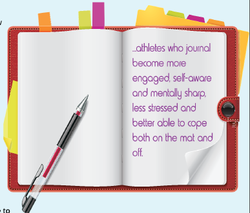
Writer Phyllis Hanlon interviewed me during the spring of 2013 about the place of journaling in sports, including the sport of cheerleading. Also included in the article are former US Olympic Bobsled athlete Alexandra Allred and 2003 track & field Olympian Roisin McGettigan from Ireland who said, "When you record you training, it crosses the line between being casual or serious about the sport. I was able to track my progress, learn what worked and what didn't. I could figure out why I was tired and see if I over- or under-estimated my
training." To read the full article, click on this sentence.
training." To read the full article, click on this sentence.
